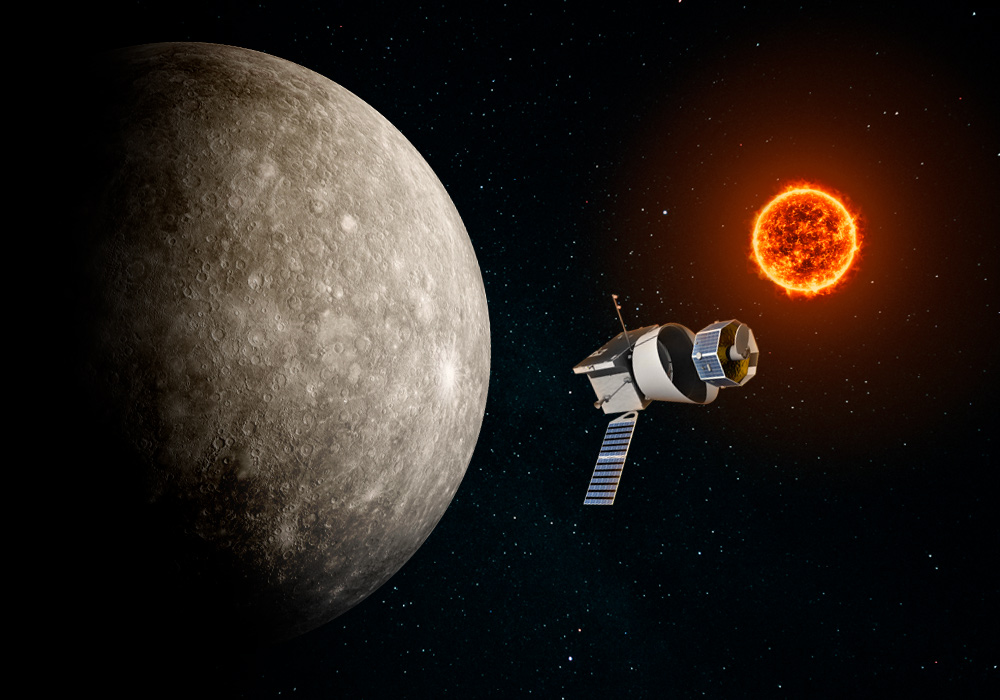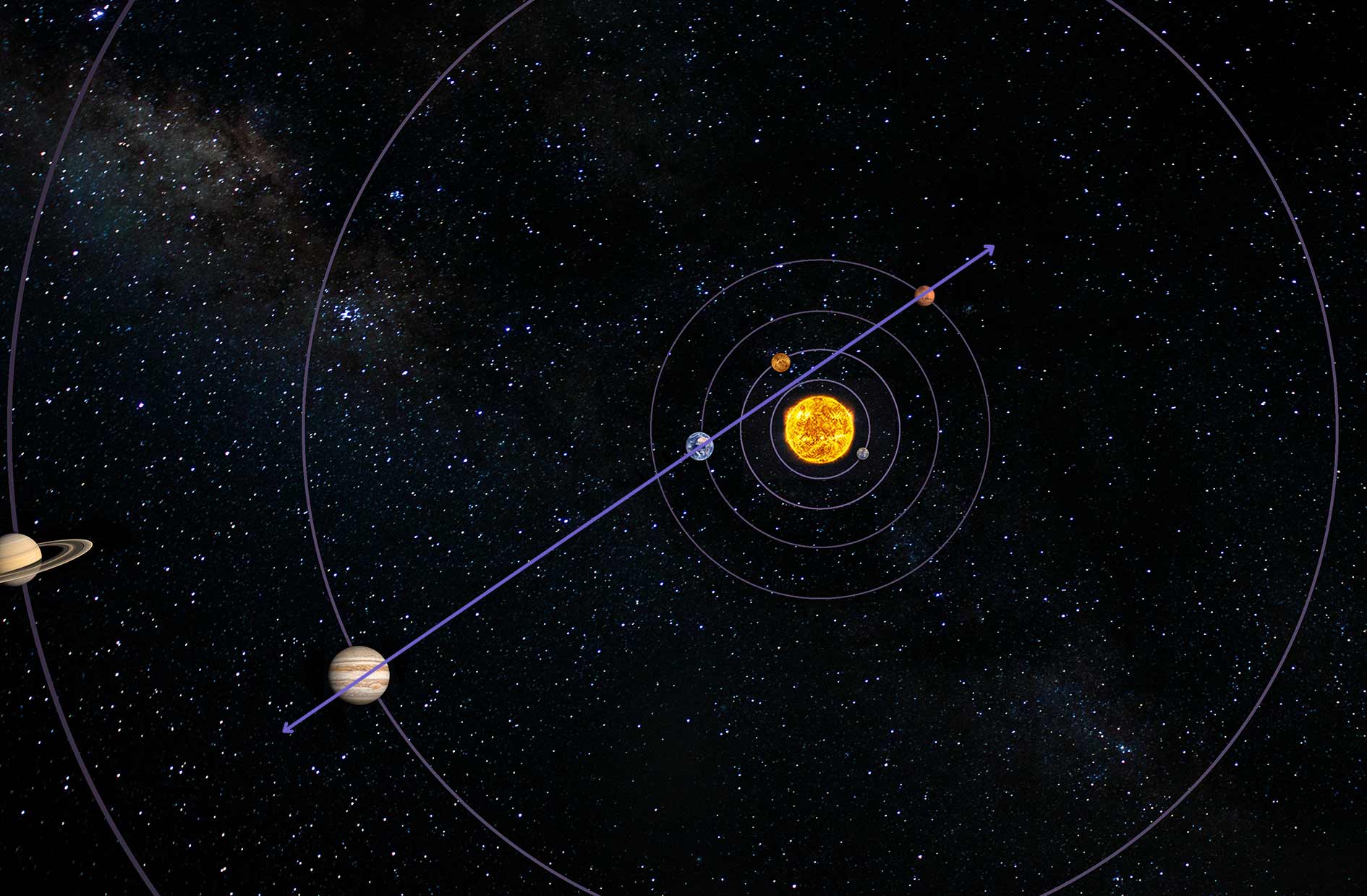The quest to understand our place in the universe has taken humanity far beyond the confines of our solar system. Among the most exciting discoveries in modern astronomy are exoplanets—planets orbiting stars other than our Sun. These distant worlds are reshaping how we view the cosmos, challenging our assumptions, and sparking profound questions about life beyond Earth. Stay with Spaceyv
What Are Exoplanets?
Exoplanets are planets that orbit stars outside our solar system. Unlike the planets that circle our Sun, these alien worlds remain hidden by vast cosmic distances, often detected only through indirect means. They come in a dazzling array of sizes, compositions, and orbits:
- Hot Jupiters: Massive gas giants orbiting dangerously close to their stars.
- Super-Earths: Planets larger than Earth but smaller than Neptune, potentially harboring rocky surfaces.
- Rogue Planets: Free-floating worlds untethered to any star, drifting through the galaxy.
Astronomers first confirmed the existence of an exoplanet in 1992, and since then, thousands have been discovered using advanced techniques and technologies.

How Do We Find Exoplanets?
Detecting exoplanets is no small feat due to their immense distance and the blinding light of their host stars. However, astronomers employ ingenious methods to uncover these elusive worlds:
- Transit Method: Observing dips in a star’s brightness as a planet crosses in front of it.The Transit Method is a technique used to detect exoplanets by observing a star’s brightness. When a planet passes in front of its host star, it causes a temporary dip in the star’s light, known as a transit. This method allows astronomers to determine the planet’s size, orbit, and sometimes its atmospheric composition. It’s especially effective for finding Earth-like planets in habitable zones. NASA’s Kepler and TESS missions have utilized this method to discover thousands of exoplanets.
- Radial Velocity: Measuring the star’s “wobble” caused by gravitational tugs from orbiting planets.
Radial Velocity, also known as the Doppler method, detects exoplanets by measuring the “wobble” of a star caused by the gravitational pull of orbiting planets. As a planet orbits, it tugs on its host star, causing shifts in the star’s light spectrum (redshift and blueshift). This technique helps determine a planet’s mass and orbital distance. It has been instrumental in discovering many massive exoplanets like “hot Jupiters.” - Direct Imaging: Capturing pictures of planets by blocking the star’s overwhelming light.
Direct Imaging is a method of detecting exoplanets by capturing actual pictures of them. This technique uses specialized instruments, like coronagraphs, to block the blinding light of a star, revealing the faint glow of orbiting planets. While challenging due to vast distances and brightness differences, it provides valuable insights into a planet’s atmosphere, size, and orbit. Direct imaging is key for studying young, massive planets far from their stars.
- Gravitational Microlensing: Detecting planets through the bending of light caused by a planet’s gravity.
Each technique has revealed fascinating insights, from a planet’s size and orbit to atmospheric composition.
Why Are Exoplanets Important?
The discovery and study of exoplanets represent one of the most groundbreaking advancements in modern astronomy. These distant worlds, orbiting stars far beyond our solar system, provide insights that extend far beyond planetary science, influencing our understanding of the cosmos and humanity’s place within it. Here’s why exoplanets matter so profoundly:
1. Expanding Our Understanding of Planetary Formation
Studying exoplanets challenges and refines our theories about how planets and solar systems form and evolve. For example:
- Observations of “Hot Jupiters” orbiting close to their stars defy traditional models of planetary formation, forcing scientists to rethink migration patterns.
- Diverse planetary systems show that the architecture of our solar system may not be the cosmic norm.
2. Showcasing the Diversity of Worlds
Exoplanets reveal an extraordinary variety of characteristics, from their size and composition to their atmospheres and orbits.
- Some planets are gas giants like Jupiter, while others are rocky worlds like Earth or exotic ice planets.
- Unique types of planets, such as “Super-Earths” and “Mini-Neptunes,” highlight forms of planetary diversity not found in our solar system.
3. The Search for Life Beyond Earth
Perhaps the most compelling reason for studying exoplanets is the search for life. Identifying habitable worlds—those with conditions suitable for liquid water and life—is a key focus.
- Observations of atmospheres for potential biosignatures, such as oxygen, methane, or water vapor, bring us closer to finding life.
- Missions targeting habitable zones (regions around stars where conditions could allow for liquid water) heighten the hope of discovering Earth-like planets.
4. Insights into Earth’s Place in the Universe
Studying exoplanets helps us better understand Earth by offering points of comparison. It reveals what makes Earth unique or common among planetary systems.
- Learning about planets with extreme environments highlights the delicate balance that sustains life on Earth.
- It informs us about planetary climate systems, helping scientists predict the long-term effects of climate change on Earth.
5. Future Exploration and Colonization
Identifying planets outside our solar system with Earth-like conditions could pave the way for future human exploration or even colonization.
- As humanity contemplates becoming an interstellar species, knowing the location of nearby habitable planets is crucial.
- Rogue planets or nearby exoplanets could become stepping stones for space travel beyond our solar system.
6. Philosophical Implications
The existence of exoplanets, particularly Earth-like ones, raises profound philosophical questions:
- Are we alone in the universe, or is life a common phenomenon?
- How would the discovery of extraterrestrial life alter our understanding of humanity and our place in the cosmos?
7. Technological Advancements
The hunt for exoplanets has driven significant technological innovations in telescopes, data analysis, and space exploration tools. These advancements benefit a wide range of scientific disciplines, not just astronomy.
8. Educational and Inspirational Value
Exoplanet research captures the public imagination, inspiring future generations to pursue careers in STEM fields. The wonder of exploring other worlds motivates global interest in space science and exploration.
In summary, exoplanets are far more than distant curiosities; they are keys to understanding the universe’s diversity, the origins of life, and the potential future of humanity. Each new discovery pushes the boundaries of knowledge, transforming our perspective of the cosmos.
Exciting Discoveries in Exoplanet Research
The hunt for exoplanets has yielded breathtaking discoveries:
- Proxima Centauri b: A potentially habitable planet orbiting the closest star to our solar system.
- Kepler-452b: Dubbed “Earth’s cousin,” it resides in its star’s habitable zone.
- TRAPPIST-1 System: A compact system of seven Earth-sized planets, three of which lie in the habitable zone.
- 51 Pegasi b: The first exoplanet ever discovered around a Sun-like star, revolutionizing astronomy.

The Future of Exoplanet Exploration
As a space expert, I’ve witnessed the incredible evolution of exoplanet research. With next-generation telescopes like the James Webb Space Telescope (JWST) and the European Extremely Large Telescope (ELT), we are now poised to study exoplanet atmospheres in unprecedented detail. Missions like NASA’s TESS and ESA’s PLATO aim to discover even more Earth-like worlds, bringing us closer to answering the age-old question: Are we alone?
The study of exoplanets is not just about understanding distant worlds but also about introspection—learning more about Earth, life, and our role in the cosmos. At SpaceyV, we celebrate these discoveries and explore the endless possibilities they bring.
Resources for Further Exploration
- NASA Exoplanet Exploration Program
- European Space Agency – Exoplanet Research
- The Harvard-Smithsonian Center for Astrophysics
Join us in uncovering the secrets of these incredible worlds beyond our solar system!



